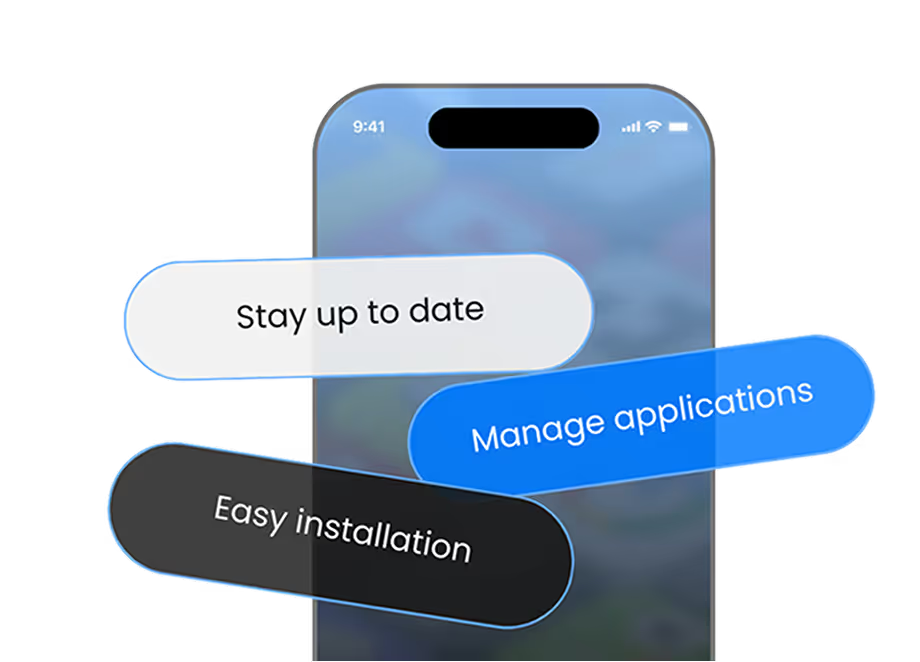
Shipping a mobile app is no longer the finish line. Users expect continuous improvement, fast fixes, and a polished experience every time they open the app. But achieving that polished experience takes time and a tremendous amount of testing.
Traditional QA cycles often struggle to match the speed and complexity of modern development. Issues go unnoticed, testers provide vague feedback, and bugs slip into production. As a result, every release becomes a stressful race against time.
This is where in-app feedback can transform the process. Instead of relying solely on QA teams, internal testers and even users can report issues directly from inside the app at the moment they experience them. Developers get clear context, precise visuals, and instant visibility into real-world problems.
This shift dramatically reduces feedback loops, speeds up bug resolution, and cuts overall QA effort by nearly forty percent.
The Real Problem with Traditional QA and Feedback Channels
Most bug reporting systems still work outside the app experience. Testers capture screenshots manually, describe issues after the fact, and send them through email or chat. Important details get lost or forgotten. Developers then spend time trying to reproduce bugs with incomplete information. The cycle repeats. The longer it takes to gather context, the slower the fix.
Distance between the bug and the report creates friction. The later a bug is discovered, the costlier it becomes to fix. This challenge compounds in teams working across regions and devices. When testing experiences do not match production environments, QA coverage remains incomplete.
How In-App Capture Solves the Context Problem
In-app feedback changes the dynamic entirely. When a user or tester notices a problem, they don’t need to switch tools or write long explanations. They simply trigger feedback within the app, often by performing an intuitive gesture like shaking the device or tapping a button.
Screenshots, UI overlays, or screen recordings help visually mark the issue. Additional notes are attached right there. Developers now get a full view of what went wrong, including device details, user actions, and screen context. There is no guesswork. QA teams stop wasting time trying to reproduce bugs that testers can’t fully describe. Issues move straight to diagnosis and fixing.
Real-World Speed Gains
The reason in-app feedback reduces QA cycles so dramatically is that it shifts detection earlier. Testers catch bugs in real time, before they evolve into major issues that ripple through the build. Developers receive actionable insights rather than loose descriptions. Teams no longer have to organize meetings just to clarify confusion around edge cases.
Moreover, feedback becomes continuous instead of checkpoint-based. QA is no longer tied to isolated testing phases. Every person using the app, especially internal testers and stakeholders, becomes a contributor to product quality. When more eyes catch issues early, overall time to release shrinks significantly.
A Stronger, More Aligned Collaboration Loop
In-app reporting creates an environment where QA, development, and product teams speak the same language. Everyone sees the same bug as it truly appears. Instead of misalignment, there is shared clarity. Not only does this accelerate bug fixing, it builds confidence in release quality and fosters better relationships across roles.
Users also benefit. When they see their reports matter and improvements arrive quickly, trust grows. Faster fixes lead to smoother releases, fewer regressions, and a more stable product that stays competitive.
How AppsOnAir AppRemark Makes the Difference
AppRemark by AppsOnAir takes in-app feedback one step further with a streamlined experience for both testers and developers. Anyone can capture an issue the moment it happens. They can highlight exact UI elements, write notes, and instantly submit everything into a centralized dashboard. No extra tools. No confusion.
Teams get rich context automatically, including device information and app metadata. By eliminating friction from bug reporting, AppRemark ensures more issues are found earlier and resolved faster. That is where the forty percent QA cycle reduction comes from. Time saved in communication becomes time earned in development velocity.
Conclusion
The modern approach to QA demands speed, accuracy, and collaboration. In-app feedback turns every tester into an empowered contributor and every bug report into an actionable insight. Instead of bottlenecks, there is flow. Instead of uncertainty, clear context. Instead of long QA cycles, swift improvements.
By adopting solutions like AppRemark, teams can increase quality without slowing down. Releases become smoother, changes become safer, and the entire app experience improves for everyone involved. In a world where user expectations rise with every update, this faster loop can become a major competitive advantage.
To learn more about AppRemark and how it can accelerate your quality cycles, visit AppsOnAir.com.












